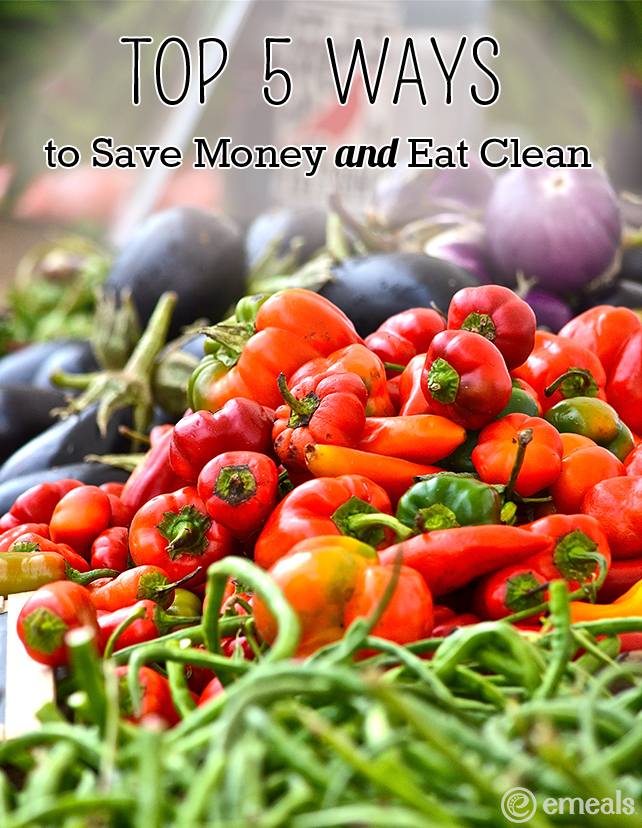- KNOW THE DIRTY DOZEN AND CLEAN 15: These two lists are crucial to know where you can bypass the organic section in the produce department. If a recipe calls for an ingredient on the Dirty Dozen list, it’s best to go organic. But that doesn’t mean you have to buy all organic produce. Keep in mind that some stores may have an organic item on the Clean 15 list on sale, so it may be more cost effective to buy organic in that case.
- UTILIZE YOUR LOCAL FARMERS’ MARKET: In-season local produce is not only cheaper; it also typically contains more vitamins and minerals since it hasn’t had to travel as far. Take advantage of your local farmers’ market and buy produce there, especially organic. It’s a great way to get to know the farmers and ask them how they grow their produce.
- JOIN A CSA: CSAs (Community Sponsored Agriculture groups) are designed to allow local residents the opportunity to buy organic produce directly from the farm. Depending on how often and how much produce you need, you can “subscribe” to one of these groups and pay a fraction of the price it normally would cost to buy organic produce from the store.
- BUY MEAT ON SALE AND FREEZE: It is important to try and buy organic meat and wild-caught seafood to avoid introducing antibiotics and pesticides in your meals, but we understand that can get pricey. Pay attention to grocery store sales. If you notice that organic chicken breasts are on sale, for example, buy an extra package or two. Once home, individually wrap each chicken breast in plastic wrap, place in a large zip-top plastic freezer bag, and freeze it. Don’t forget to label the bag with the date.
- DON’T BE AFRAID TO USE FROZEN AND CANNED VEGGIES AND FRUIT: Have a craving for sweet corn in the middle of December or butternut squash in July? Thanks to frozen and canned vegetables, you can enjoy both, even when out of season. Be sure to follow the Dirty Dozen rule of buying organic, even if the fruits and veggies are frozen. You’ll also want to be wary of the nutrition labels for hidden added sodium, sugar, and other unrecognizable ingredients.


